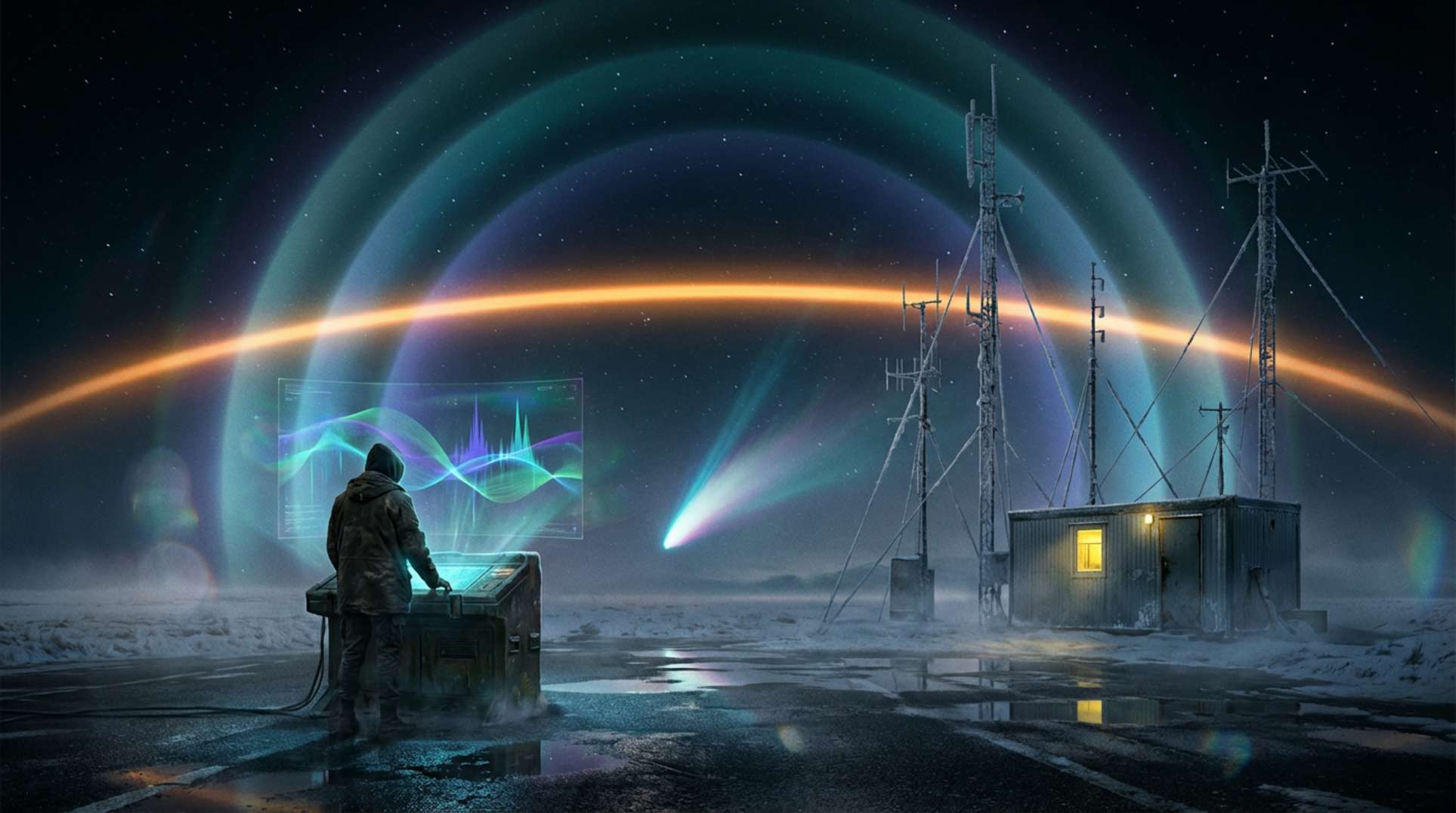In a world dependent on electricity, what if the switch is flipped—and the lights stay off? Picture a nuclear warhead detonating 300 kilometers above the continental United States. Instantly, a silent electromagnetic pulse (EMP) spreads at light speed. This scenario isn’t science fiction; military planners have analyzed it for decades. The outcome? An unprecedented total blackout, as detailed by Britannica and in numerous official analyses.
The unique threat of EMP lies in its exploitation of physics. Unlike traditional nuclear weapons, an EMP wreaks havoc on circuits, not flesh. When a nuclear device detonates at high altitude, it interacts with the upper atmosphere and Earth’s magnetic field, generating a pulse that induces massive currents in ground conductors. These currents can overload transformers, disable substations, and destroy nearly all unshielded electronics—the critical infrastructure of civilization. The potential destruction is outlined by the Wikipedia entry on nuclear EMP.
EMP’s Attack on the Grid: Anatomy of a Catastrophe
Once the EMP wave strikes, sensitive parts of the power grid—transformers and switchgear—experience overload and often fail. Expect immediate loss of electrical service for millions, potentially lasting months or even years. According to expert commentary from in-depth threat analyses, Americans would lose not just streaming services, but also access to water pumps, fuel distribution, and essential hospital infrastructure. The grid’s dependence on long-distance high-voltage lines creates a domino effect: even if one area remains unaffected, its connections to impacted zones lead to widespread blackouts, food shortages, and societal collapse.
Similarities exist between EMP-induced chaos and the effects of extreme solar storms. Both phenomena release geomagnetically induced currents capable of damaging power systems, as shown by the historic Carrington Event. However, nuclear EMP strikes without warning, compressing vast disaster into a single moment.
Can the Power Grid Survive? Consequences and Mitigation Strategies
Some military systems and critical government sites have EMP protection, but most civilian infrastructure remains exposed. Shielding transformers and communication links is feasible, yet costs are prohibitive—and often postponed for more visible updates. As explored in expert panels and congressional briefings, planning exists on paper but rarely translates into practice.
Debates continue over the likelihood of a nuclear EMP strike and its geopolitical implications. While some experts downplay the EMP risk as a viable first strike, others fear its potential as a “force equalizer.” Historical lessons—both from actual EMP incidents and fictional portrayals, like those depicted in upcoming films—underscore the stakes for modern society’s delicate infrastructure.
Life After the Lights Go Out: Societal and Technological Fallout
Society’s reliance on connectivity and automation makes it exceptionally fragile. When devices fail, banking, farming, and health care experience immediate and severe disruption. The grid-down prepper community warns that most citizens are ill-prepared for lengthy outages. Recovery would likely take far longer than government estimates suggest, with some predictions indicating years before national power returns.
The psychological impact might be as severe as the physical—imagine mass panic, civil unrest, and the erosion of trust in institutions meant to maintain order. This unsettling scenario echoes the warnings about the fragility of civilization’s historical patterns and the uncomfortable truths embedded in long-term disaster assessments.
Lessons from the Past and the Need for Preparedness
Natural EMP events, like those that fried telegraph lines during the 1859 Carrington Event, offer a grim analogy—yet today, nearly every societal function relies on electricity. As mentioned in the report on Earth’s magnetic volatility, both natural and man-made EMPs represent significant threats that demand serious planning—not merely Hollywood fantasies. Addressing these vulnerabilities requires investing in EMP shielding, grid redundancy, and civil preparedness, even when political will is lacking.
For realists and skeptics, the takeaway is clear: don’t assume the grid will always be operational. Stay informed on crisis science at Unexplained.co, because the next disaster may come quickly—leaving no time for preparation.





